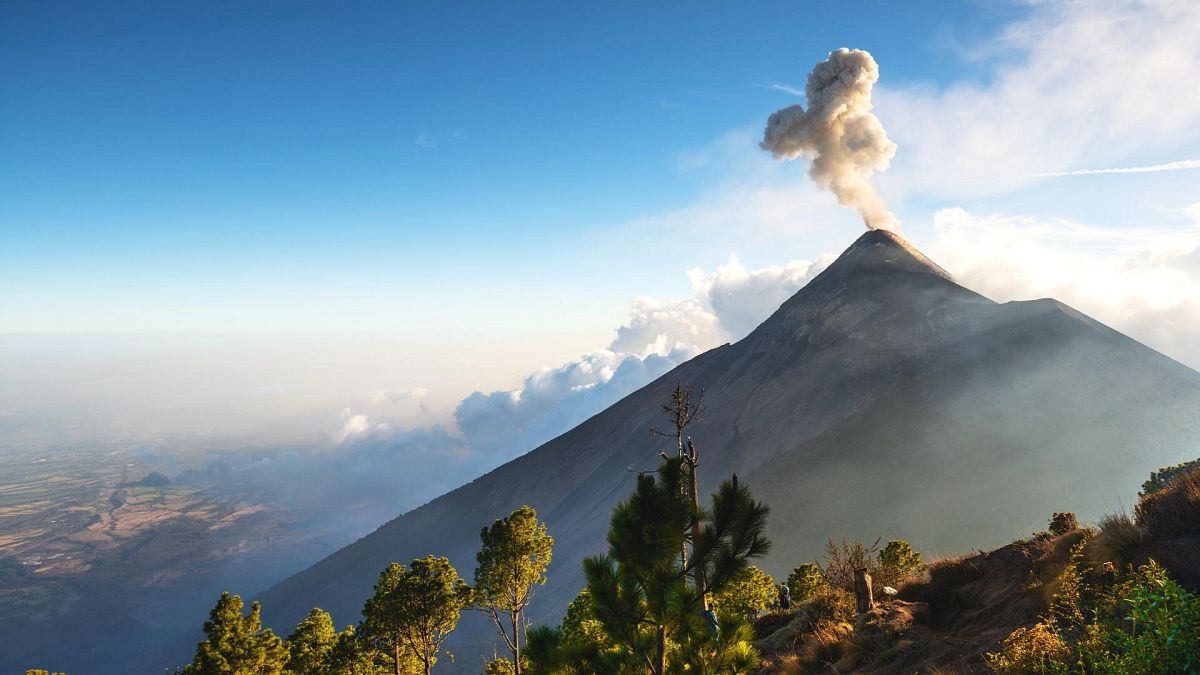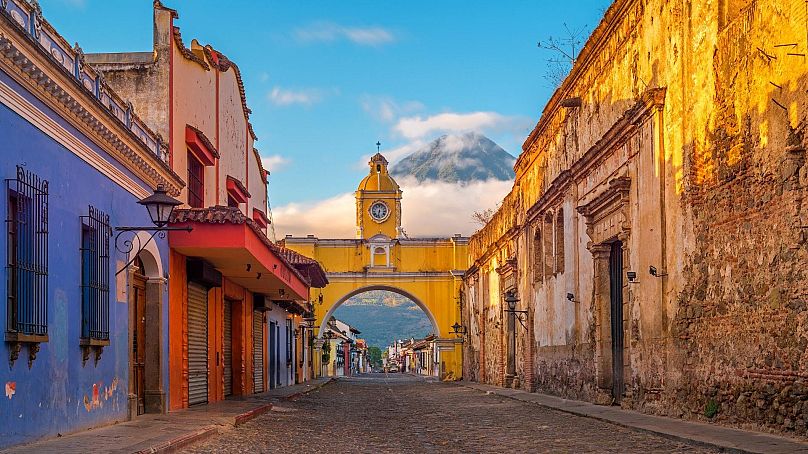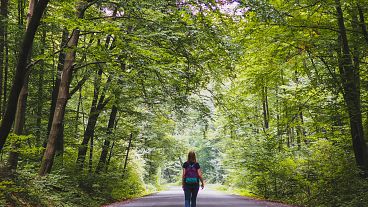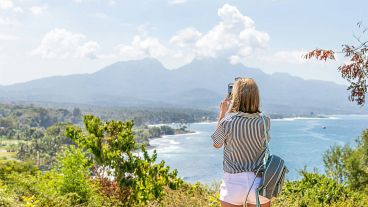After the end of harsh lockdown restrictions, this former colonial capital is enjoying a boom in tourism
Hiking beneath the shadow of an active volcano might not be your idea of a holiday - but for many tourists, the view is definitely worth the risk.
Guatemala’s Volcán de Fuego is the most active volcano in Central America, attracting thousands of visitors each year to observe its violent eruptions.
In order to witness the dramatic activity, hikers must first climb the neighbouring peak of Acatenango - an inactive volcano offering pristine views across the lava-spewing crater.
But since the coronavirus pandemic has begun, tourism to the country has dwindled - resulting in a severe decline in visitors taking to the volcanic trails.
"I was unable to take tourists up the volcano for two years," says Roni Guerra, a local guide from Antigua.
This sentiment is echoed by many across the colonial city, which was completely shut down due to the coronavirus pandemic. Guatemala’s tourism-dependent economy shrunk by as much as 6 per cent, while the city’s cobblestone streets remained closed for over 15 months.
A return to normality
Antigua is listed as a UNESCO World Heritage site, boasting stunning baroque architecture and ornate monasteries. As its name implies, the city is rich in history and a haven for artists from all over the world.
Prior to the pandemic, the city attracted as many as two million visitors every year.
But with Guatemala’s lockdown restrictions now over, the city is keen to encourage foreigners to return to the country’s colonial capital.
For Roni, this means a welcome boom in business.
"Approximately 300 to 400 people now visit the volcano each day, and I do two tours a week,” he smiles.
Acatenango’s base camp stands at 3,880 metres above sea level and can be reached in five hours through a series of natural trails.
Visitors can even camp on top of the inactive peak, allowing them to witness the spectacular explosions of Volcán de Fuego against a moonlit sky.
"I am surprised at how beautiful it is,” says Joa Rivera, a tourist from Venezuela.
“It is my first time visiting a volcano. I had the opportunity to see it erupting all night long. It was surprising and I loved seeing all this nature in one place.”
The volcano is constantly active at a low level, with small gas and ash eruptions every 15 to 20 minutes.
Nevertheless, the threat of a serious explosion is still real. Volcán de Fuego’s last deadly eruption occurred in June 2018, when a torrent of mud and ash wiped the village of San Miguel Los Lotes from the map, killing 159 people and injuring over 300 more.
What are the current travel restrictions in Guatemala?
For now, visitors to Guatemala are required to provide evidence of vaccination against COVID-19, as well as a negative PCR or antigen test dated no more than 72 hours prior to arrival.
Social distancing rules are in place, and masks must be worn at all times in public spaces, including at the airport.
But with no quarantine requirements upon arrival, this stunning country might just be one of the best options for holidaymakers seeking to beat the January blues this winter.
Watch the video above to see the volcano in action.




